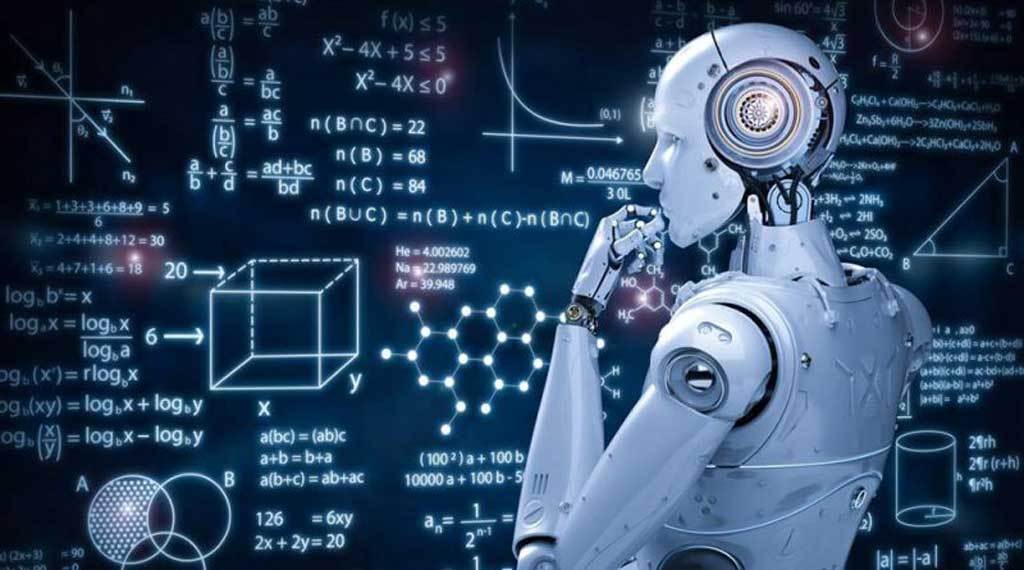The manufacturing sector is undergoing a significant transformation fueled by robotic automation. This evolution is characterized by enhanced efficiency, increased innovation, and the integration of advanced technologies such as artificial intelligence (AI), machine learning (ML), and the Internet of Things (IoT). This shift promises to reshape how companies operate, driving down costs, improving product quality, and addressing critical challenges such as labor shortages and supply chain disruptions.
One of the primary drivers of this transformation is the increasing sophistication of robotic systems. Modern robots are no longer limited to performing simple, repetitive tasks. Equipped with advanced sensors, 3D vision systems, and AI-powered decision-making capabilities, they can now execute complex operations with greater precision and adaptability. Collaborative robots, or cobots, are becoming increasingly popular, designed to work alongside human workers, enhancing productivity without displacing jobs. These robots can assist with tasks that require heavy lifting, repetitive motions, or work in hazardous environments, allowing human workers to focus on more interesting and higher-value tasks.
AI and ML are playing a crucial role in advancing robotic automation. AI algorithms enable robots to analyze real-time data, learn from their experiences, and make autonomous decisions, optimizing production processes and improving predictive maintenance. Machine learning algorithms can also analyze data from multiple robots performing the same process for optimization. In quality control, AI-driven systems use advanced image recognition to detect defects, reduce waste, and ensure higher product quality. Predictive maintenance, powered by AI, helps anticipate maintenance needs before machinery breakdowns occur, minimizing downtime and extending the life of equipment.
The integration of IoT is another key factor driving the transformation of manufacturing. Connected devices monitor and share manufacturing floor information, providing real-time data on equipment functioning, product availability, and processing activities. This connectivity facilitates proactive maintenance, optimized resource allocation, and improved coordination across the entire manufacturing process. Digital twin technology is also increasingly used to create virtual replicas of physical systems, allowing manufacturers to optimize performance, slash development time and costs, and achieve real-time integrated manufacturing.
The benefits of robotic automation extend beyond increased efficiency and productivity. By automating dangerous, dirty, or dull tasks, robots improve worker safety and reduce labor costs. They also ensure consistency in product quality and reduce the margin of error, leading to fewer reworks and higher customer satisfaction. Moreover, robotic automation enables manufacturers to adapt quickly to changing market demands and implement customized or small-batch production more easily.
Several industries have already successfully incorporated robotics into their production processes. The automotive industry, for example, uses robotic arms extensively for assembly duties, leading to improved precision and faster production. The electronics manufacturing industry relies on automated procedures like testing, packing, and soldering to increase dependability. In the food processing industry, robotics are used to decrease waste and ensure hygienic requirements are met during sorting, packing, and palletizing processes. Case studies reveal that automotive companies automating painting processes have reduced emissions by 40% and energy consumption by 25%. Other industries have also reported significant sustainability gains through automation, including reductions in material waste, energy consumption, and hazardous waste.
Despite the numerous benefits, the adoption of robotic automation also presents challenges. The high initial investment costs can be a barrier for small and medium-sized enterprises (SMEs). However, Robot-as-a-Service (RaaS) business models are emerging, allowing enterprises to benefit from robotic automation without significant upfront capital investment. Another challenge is the need for a skilled workforce to program, maintain, and operate robotic systems. Manufacturers are addressing this challenge by investing in training and reskilling programs to prepare their employees for the new technological landscape.
Looking ahead, the future of manufacturing is likely to be characterized by increasingly smart and self-operating production systems. Humanoid robots are being developed to perform tasks traditionally handled by humans, and AI algorithms will enable advanced real-time decisions for optimized production operations. As robotic automation continues to evolve, it promises to drive even greater efficiency, innovation, and sustainability in the manufacturing sector.

















